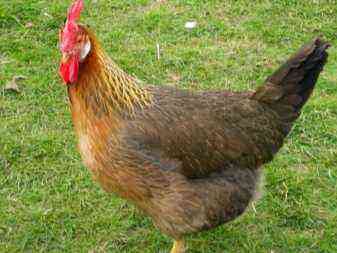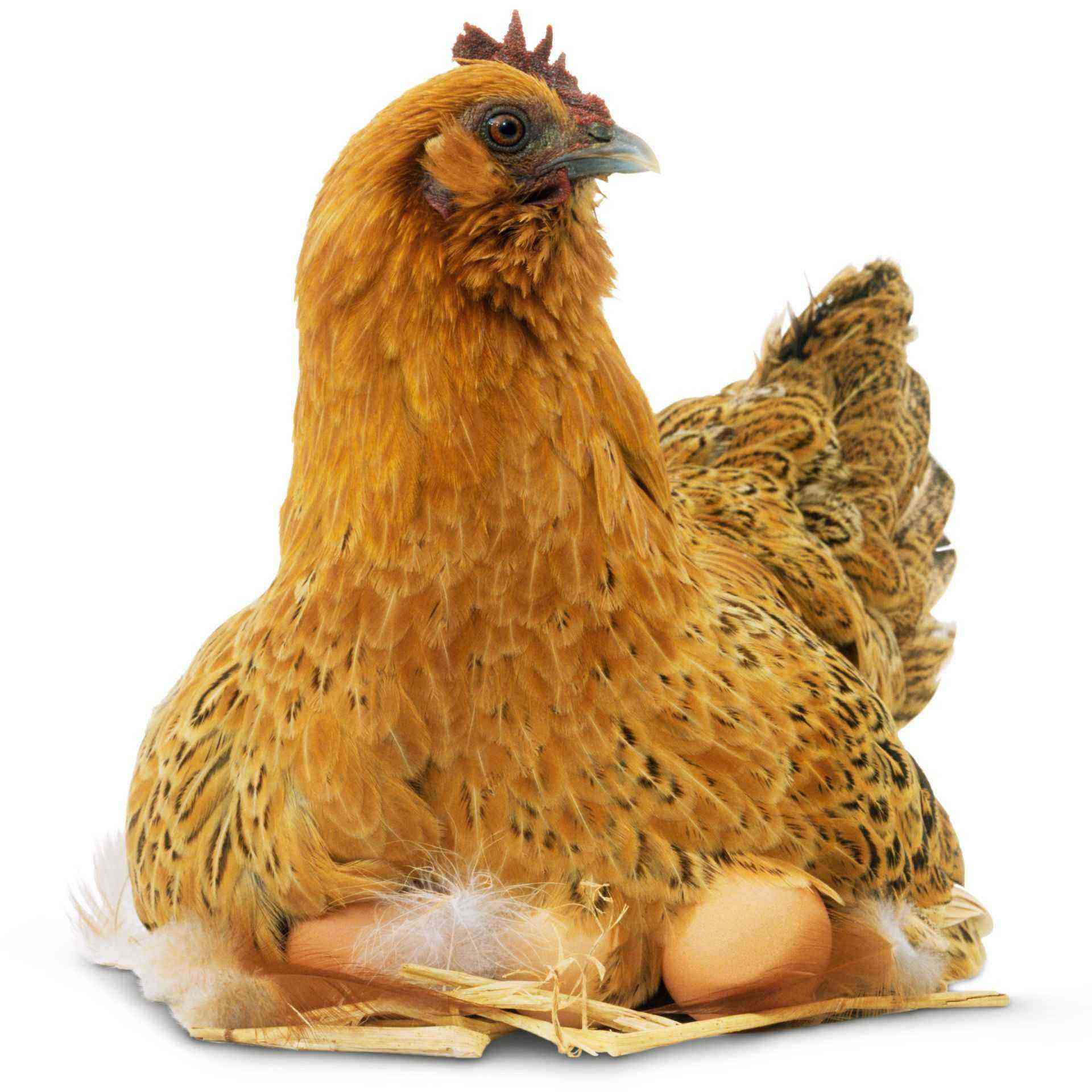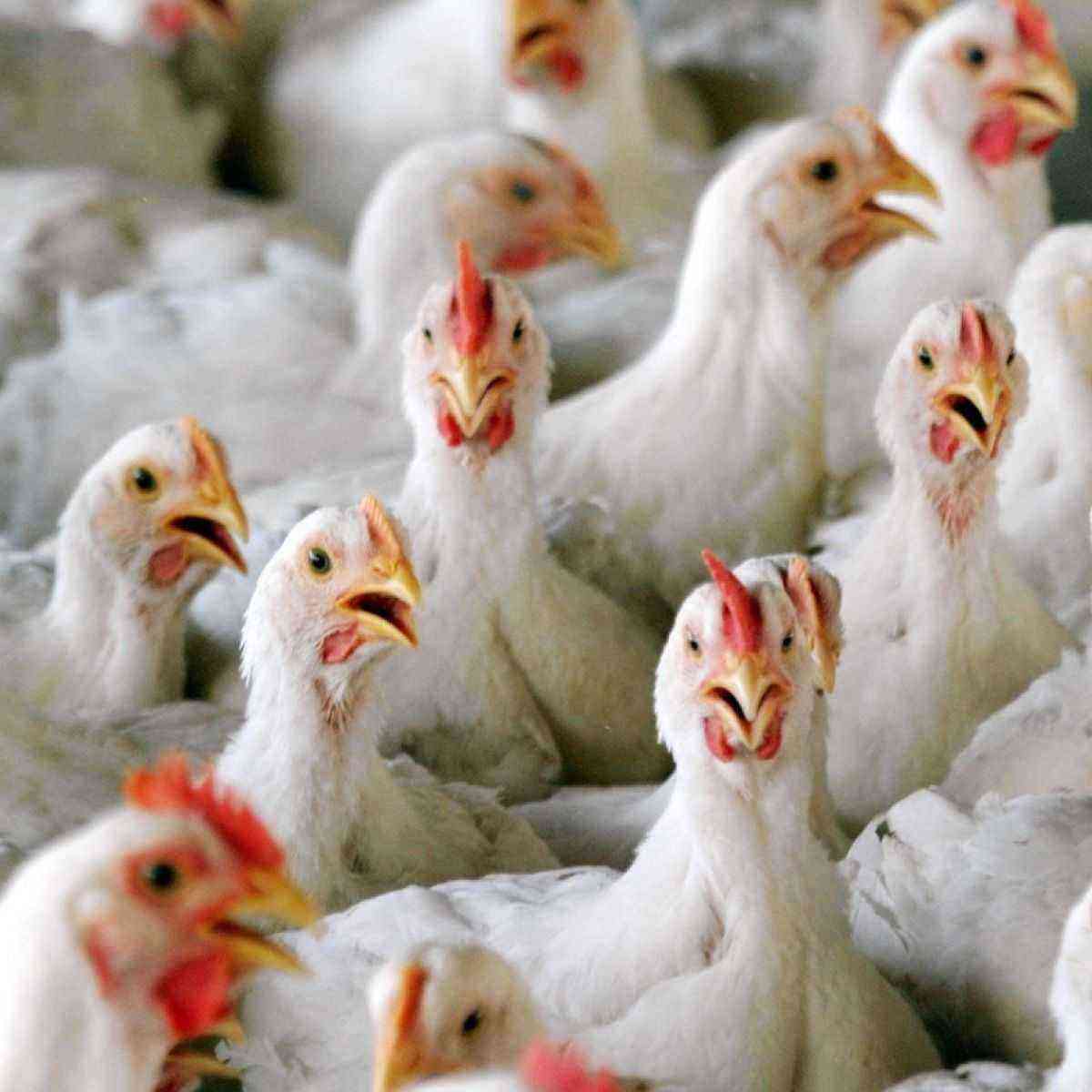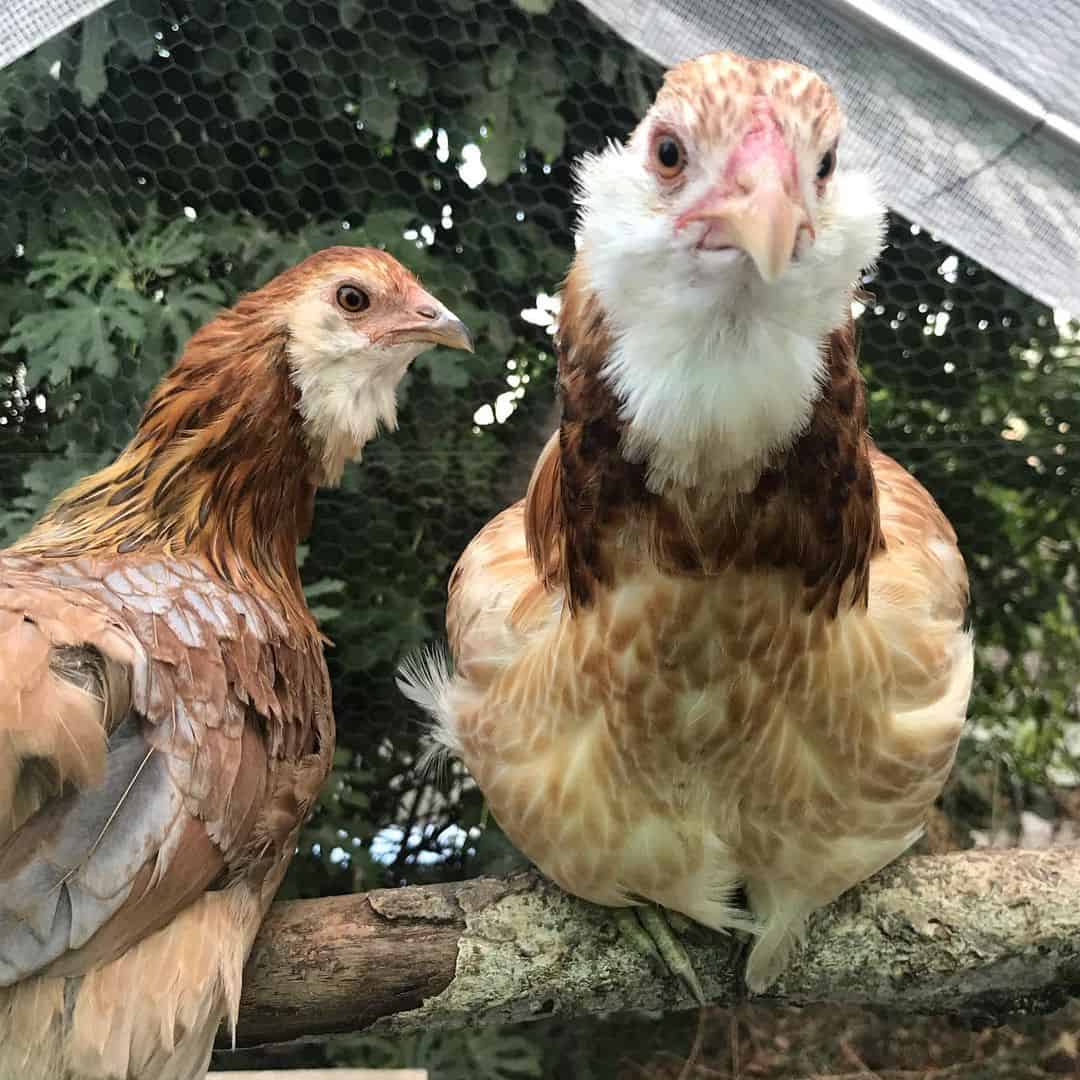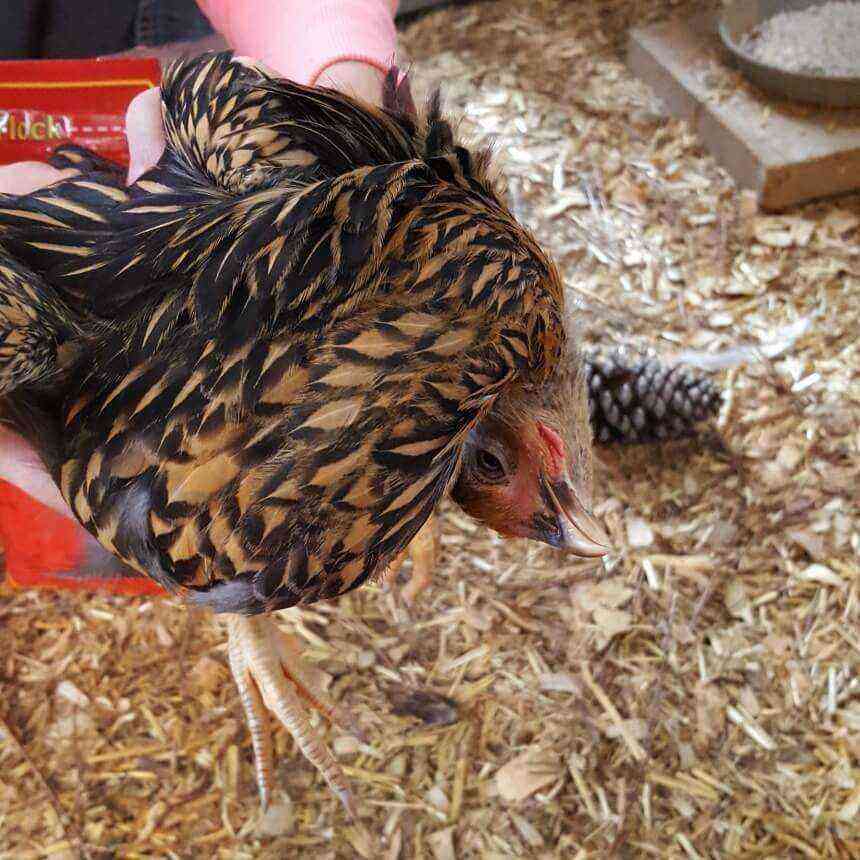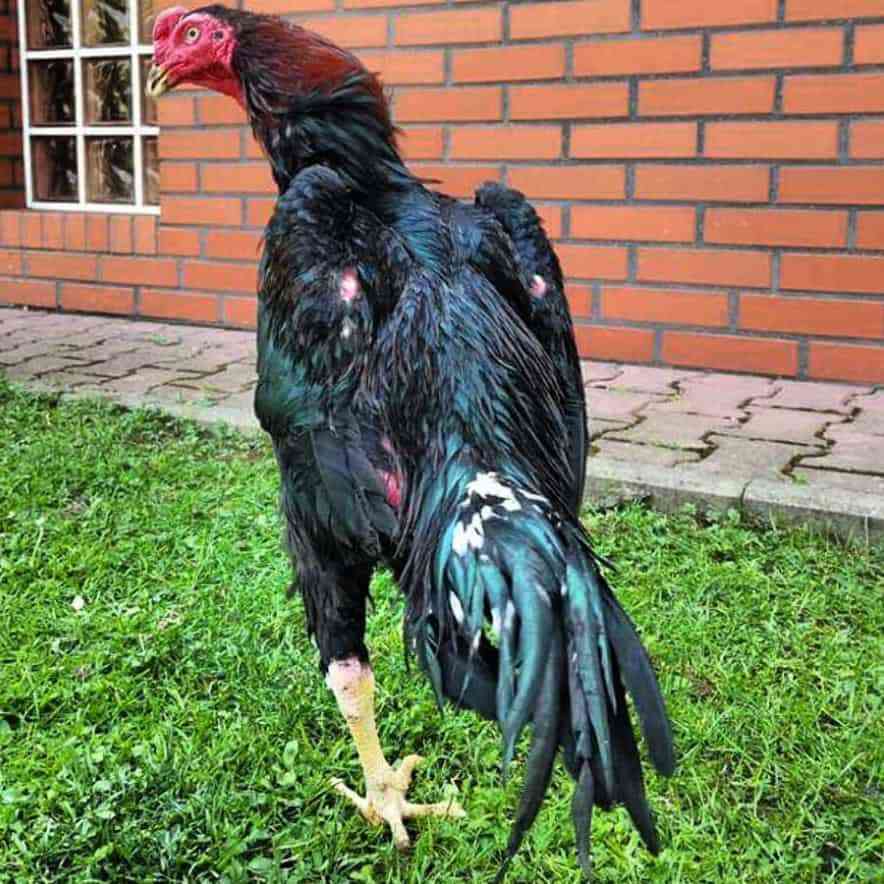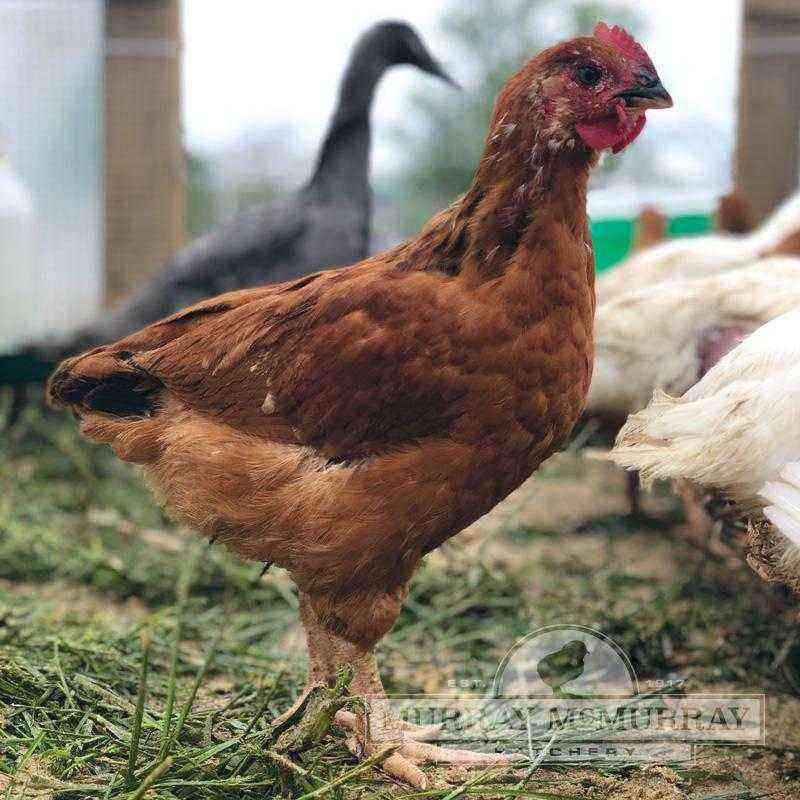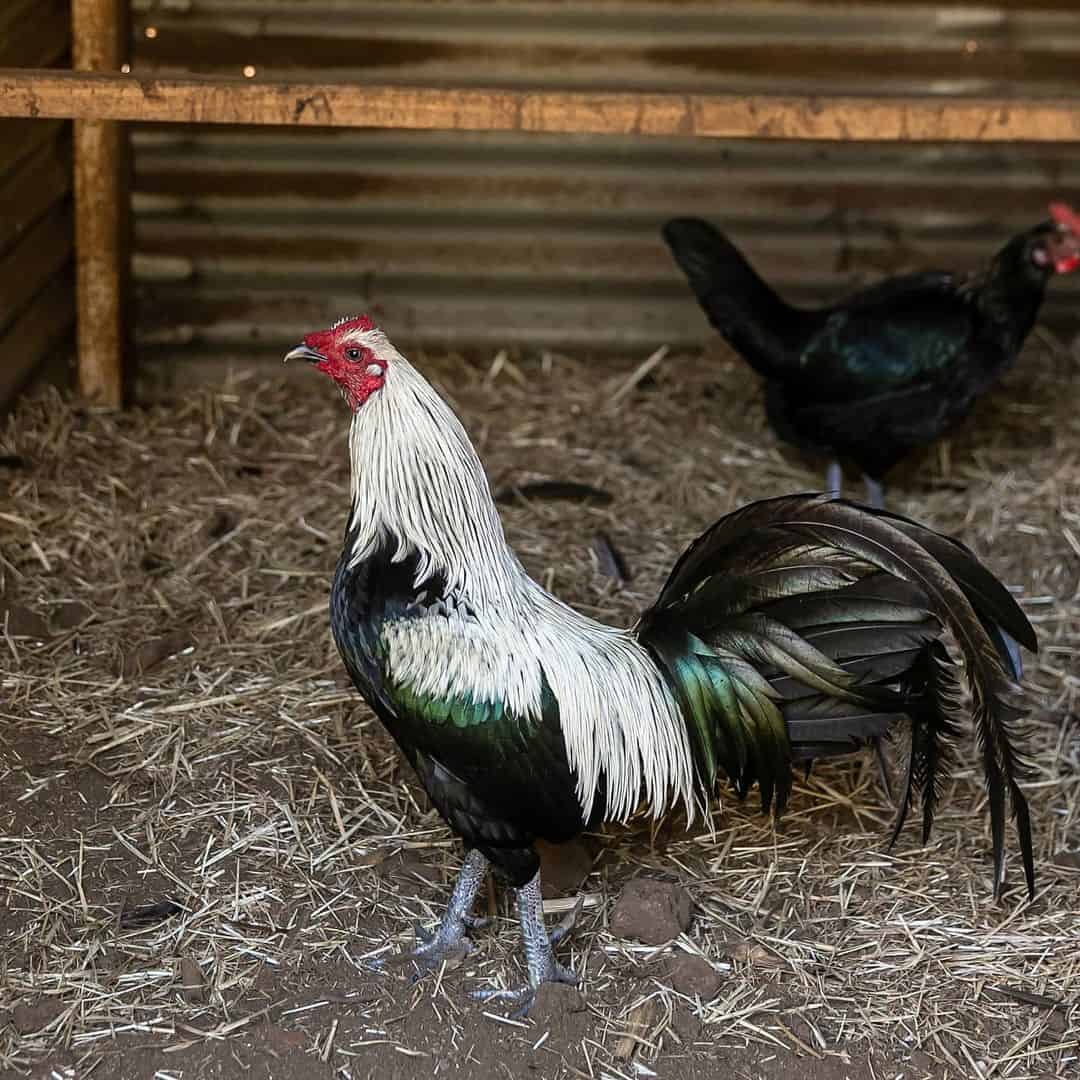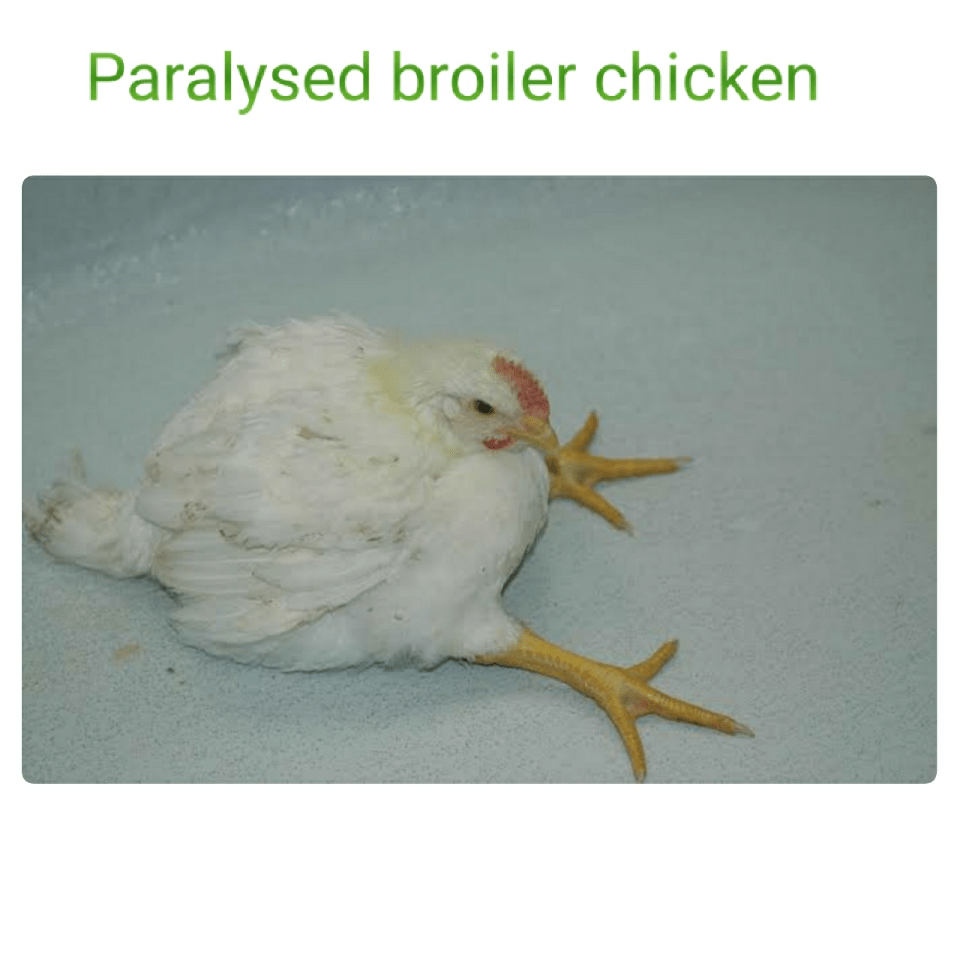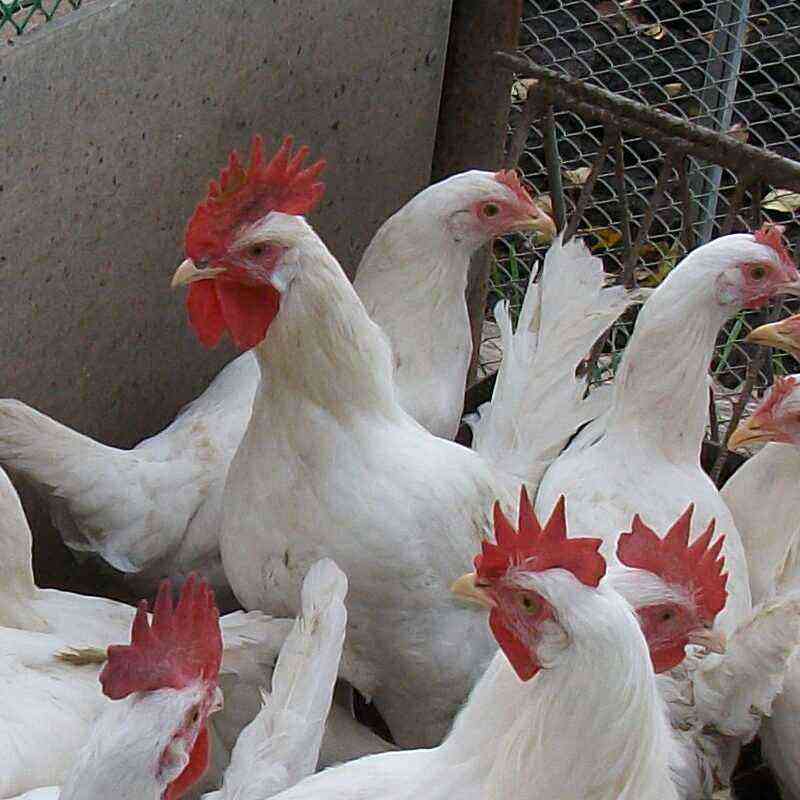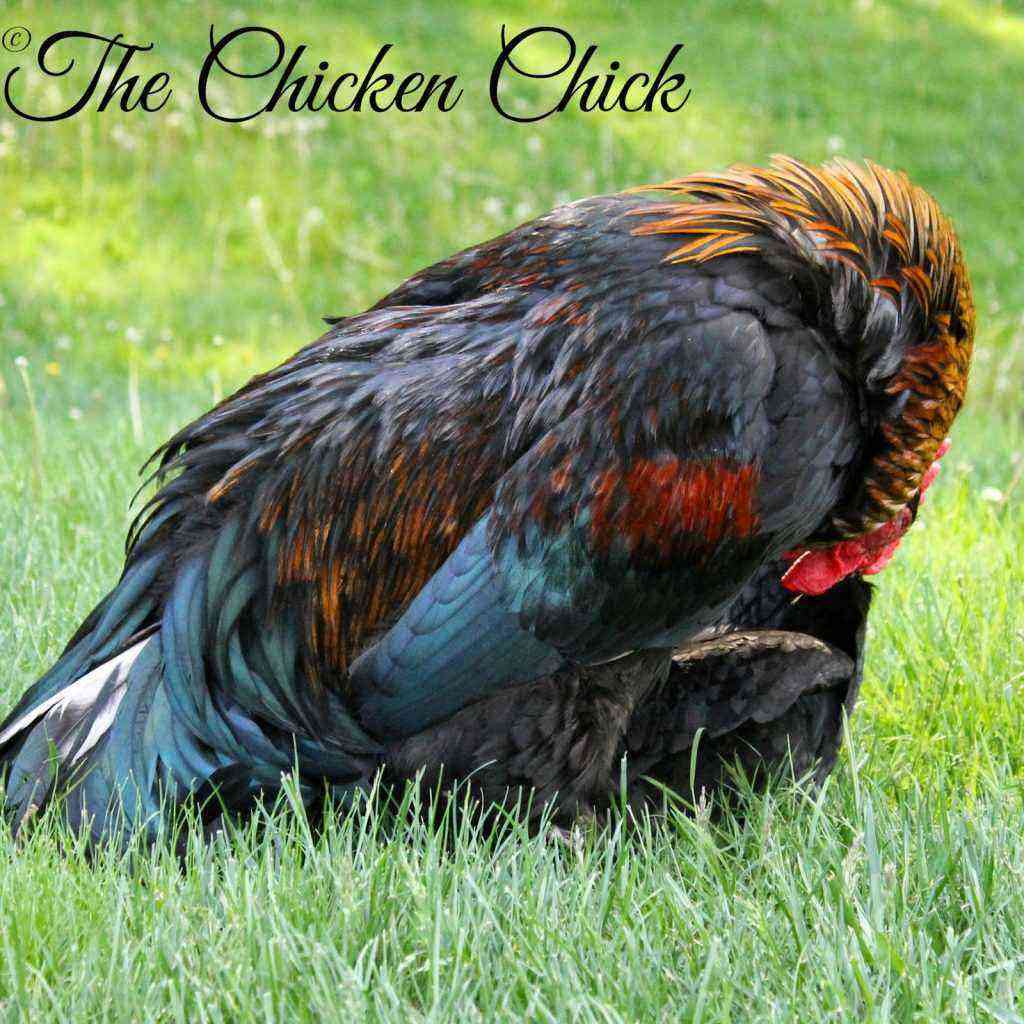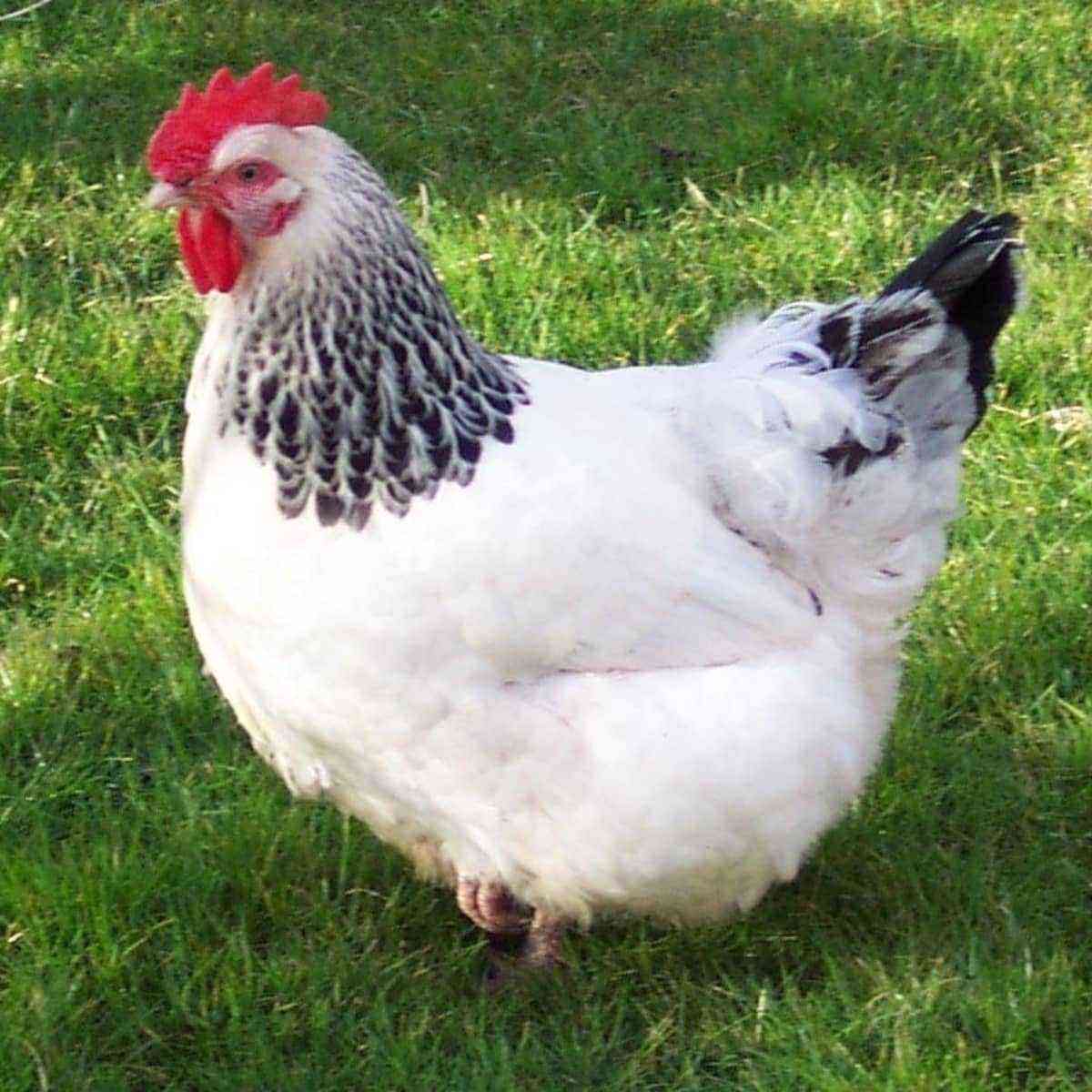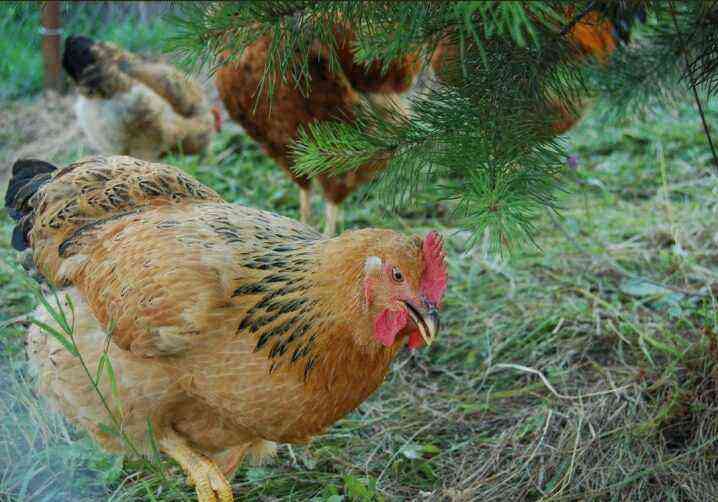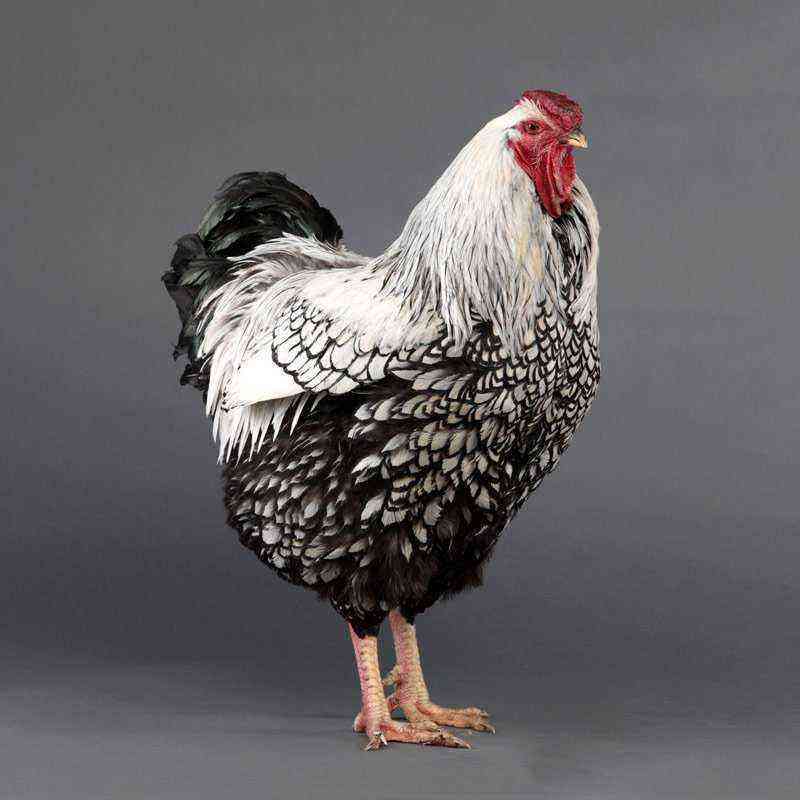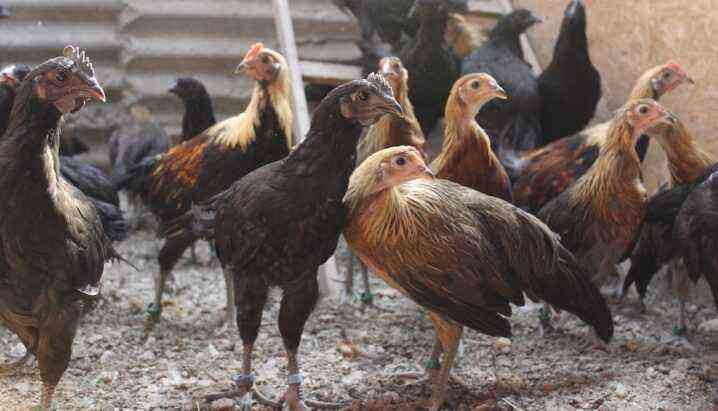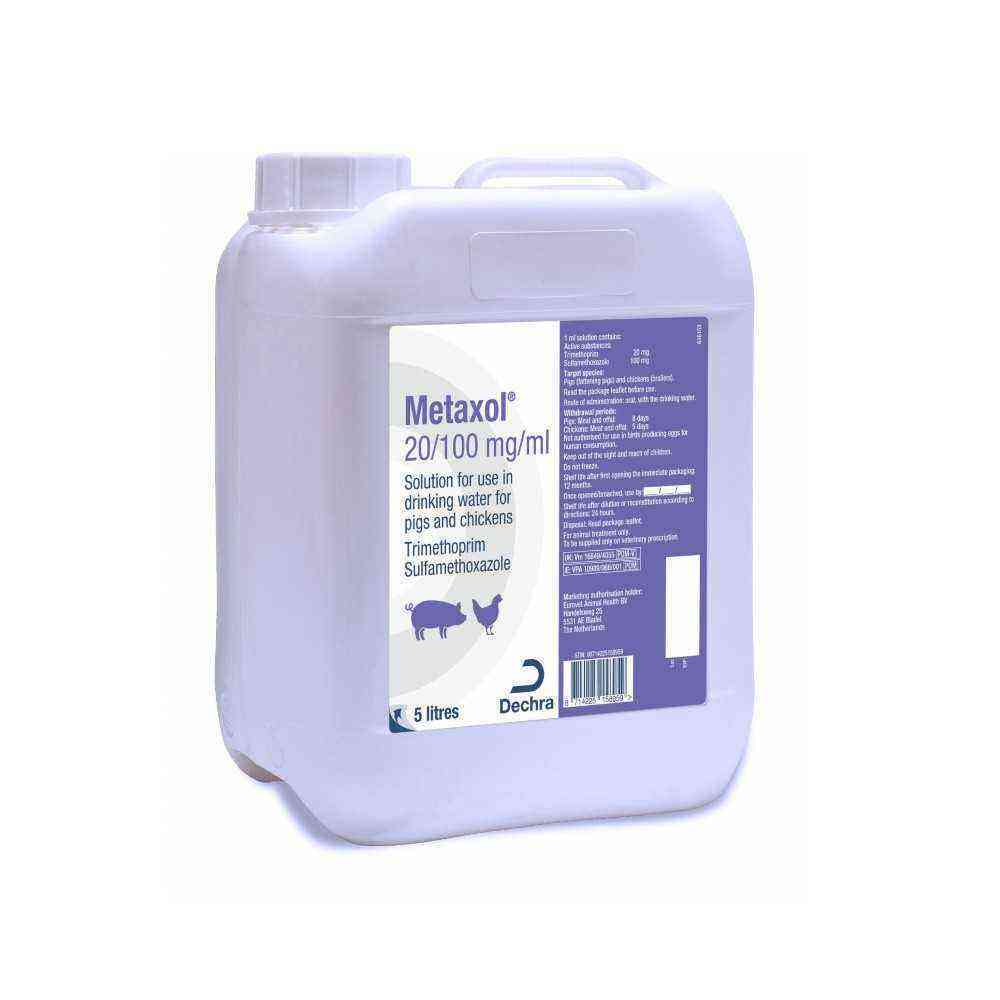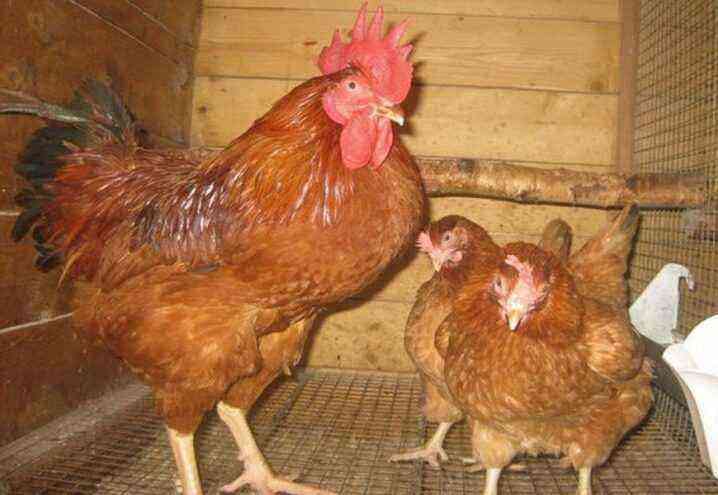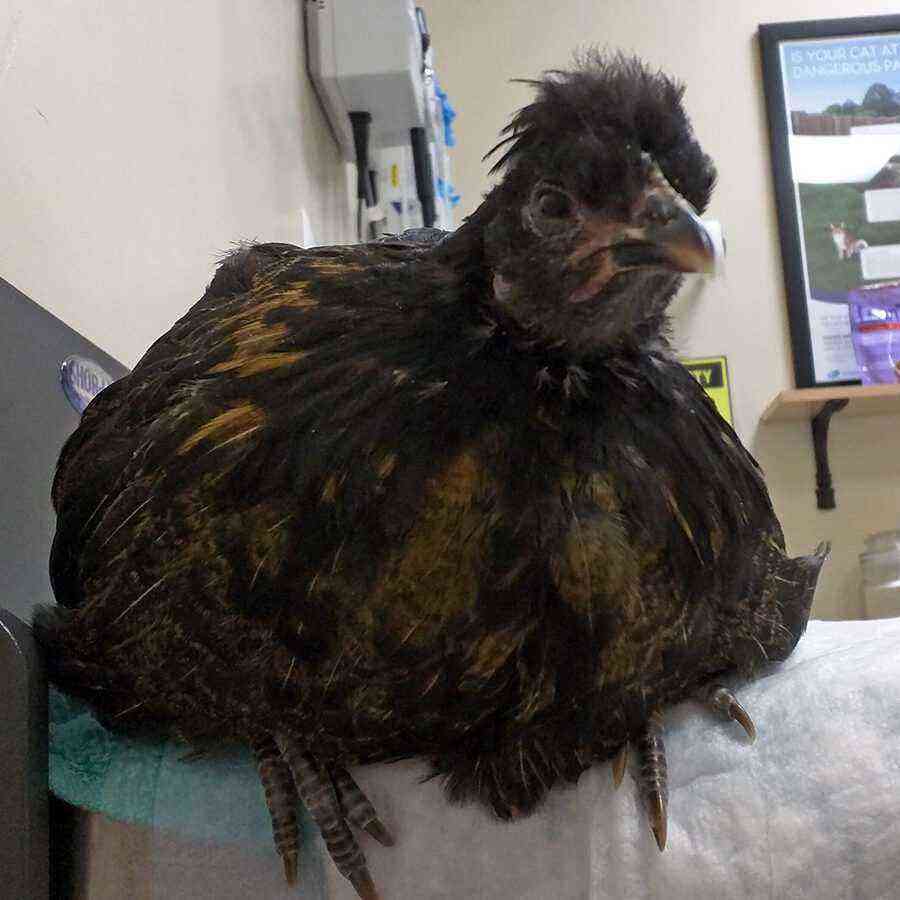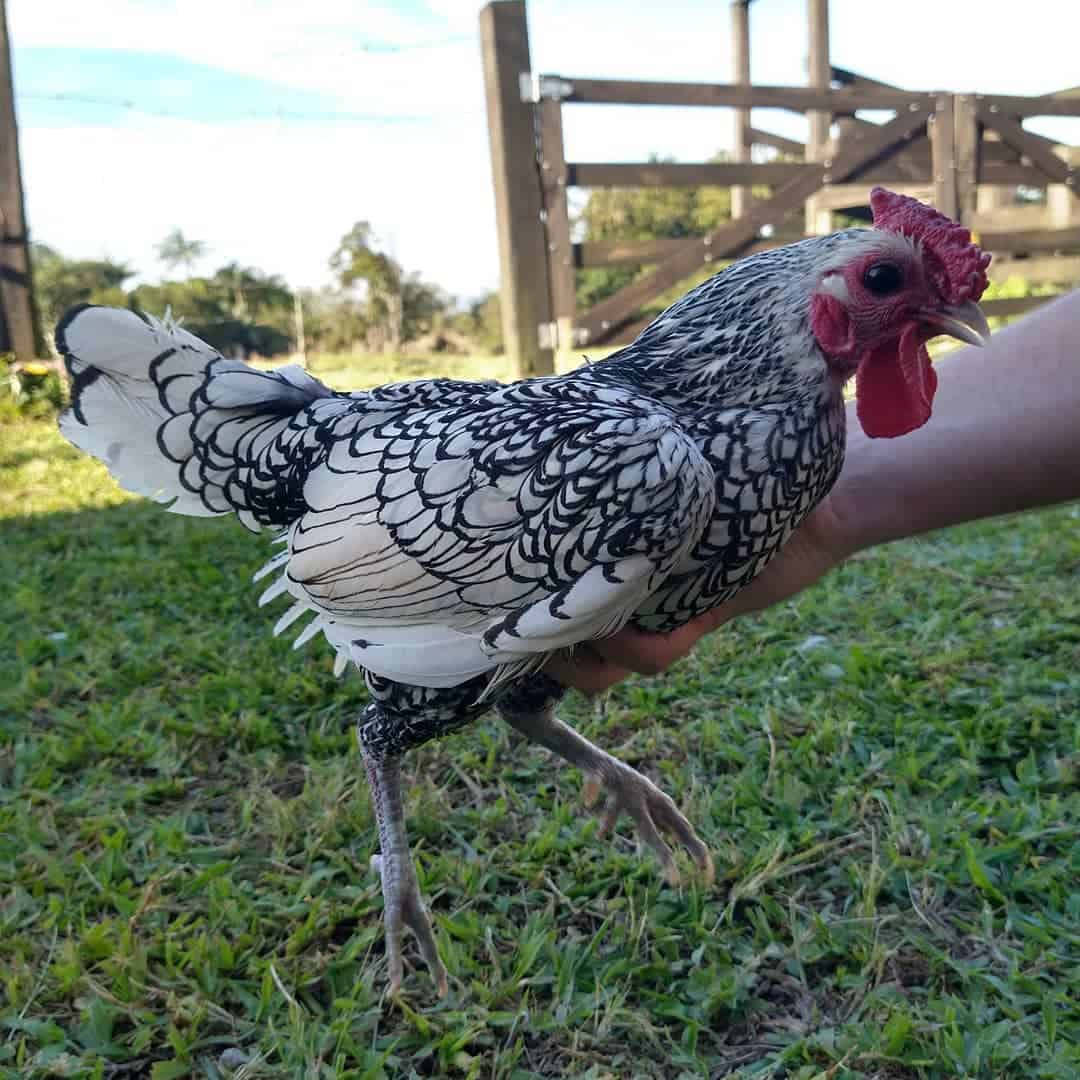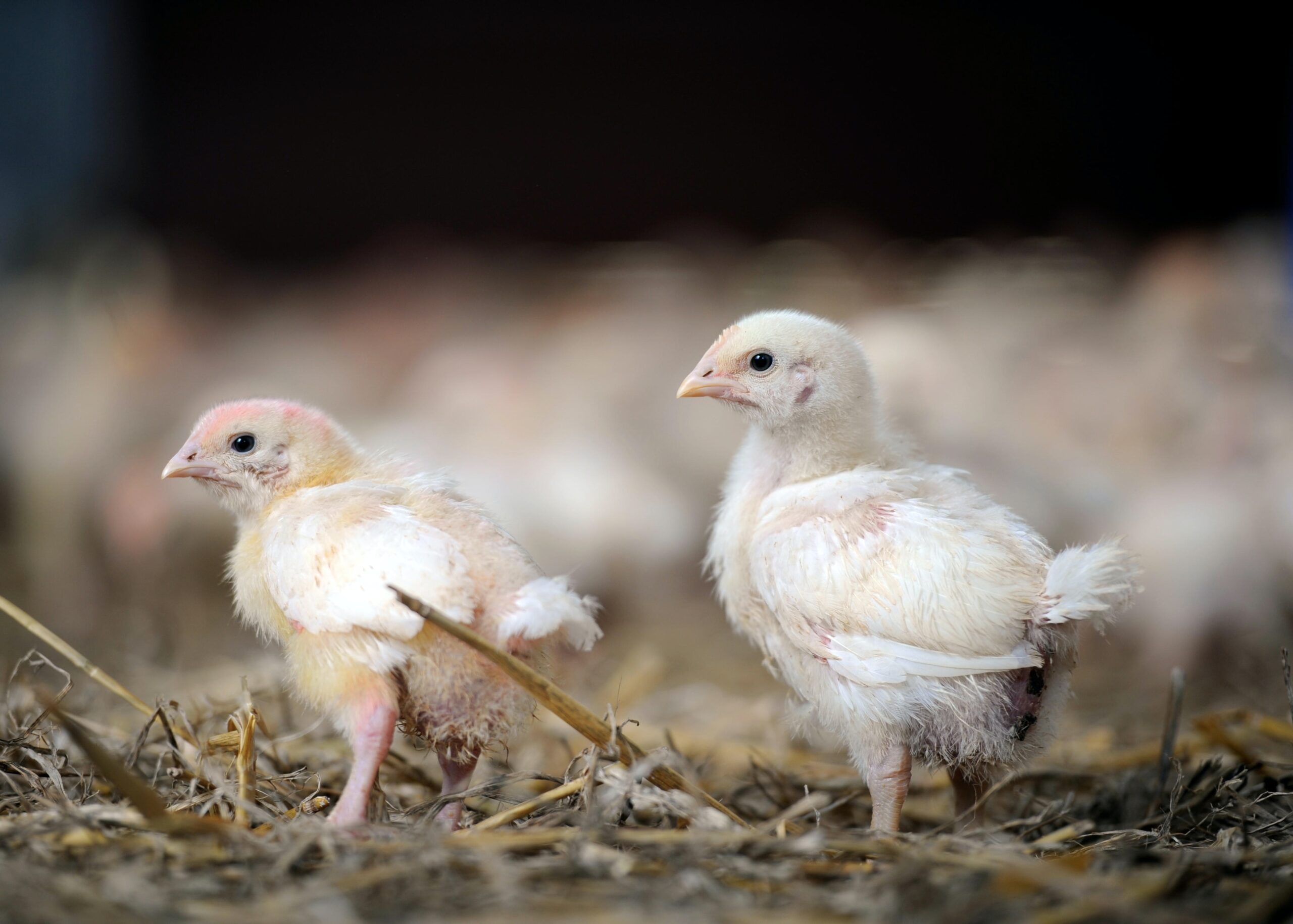Every now and then, poultry farmers are faced with the problem of skin-eating scabies of chickens, which is also called epidermoptosis, in their feathered pets. It occurs in birds that have picked up ticks that parasitize on the initial parts of the feather follicles and under the scales of the epidermis.
The first signs of infection appear in chickens at the age of five to seven months. First of all, insects spread and affect the body in the chest area, after which they move to the head, comb and earrings. A sick bird becomes lethargic, haggard, it loses its appetite and fatness decreases, it loses weight and practically stops rushing. If feathered pets are not treated, death will occur in a few days, it will be impossible to save the chickens.
On those parts of the body where ticks live, the skin is hyperemic. The epidermis is “rejected”, and dried lymph accumulates in the form of a crust. The bark has a yellow-gray tint. Its lower layer often begins to decompose, which entails the spread of an unpleasant putrefactive odor. However, these “sores” do not cause inconvenience to chickens. The bird does not touch them, but combs them, although the feathers in the affected areas are very ruffled.
It is possible to determine and make the correct diagnosis only by carefully examining feathered pets, examining the symptoms of the disease and taking scrapings in which ticks are found.
In the early stages of the disease, the chicken can be cured. The most effective are the following types of acaricidal preparations: tar and creolin ointment, as well as tar with alcohol. A one-time use of funds is not enough. The treatment should be repeated five to six days after the first application of drugs to the body of the bird. A third treatment may be required. It must be carried out at the same time intervals.

